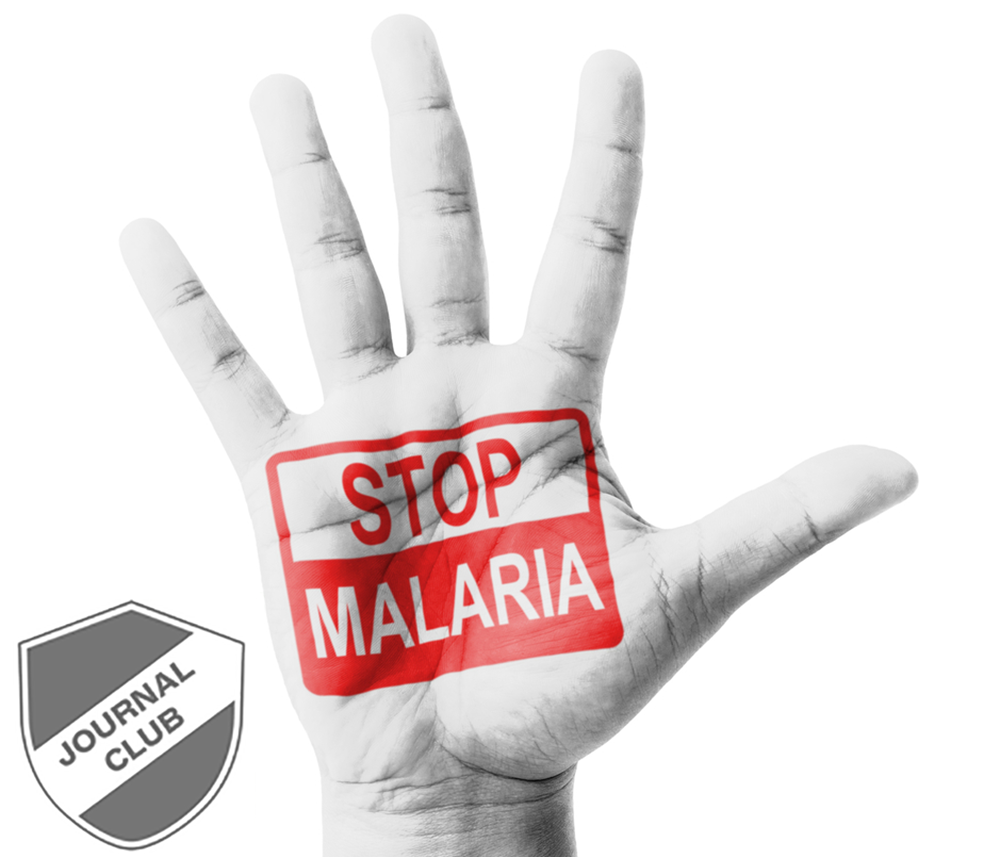Richard’s Reviews: Malaria, Cambodian Mines, and Communication Barriers
Posted on 2nd September 2014 by Pishoy Gouda

As part of our weekly blog on Richard’s Reviews, this week, I’ve picked Malaria and Blood Cholesterol.
The Origin of Anti-Malarial Drug Resistance
Malaria is one of the most common fatal infectious diseases that we have seen worldwide. This disease is caused by parasites of the Plasmodium species. These parasites enter the host blood stream via mosquito bites, where they infect red blood cells. Inside these cells, they reproduce until the red blood cells burst and release a new generation of parasites into the blood stream. This process produces a constellation of symptoms including fever, abdominal pain, diarrhoea and muscle pain. In severe cases there can be involvement of the nervous system, resulting in seizures and coma. The main stay of treatment for malaria has been a cocktail of medications that have their origin in the 1900’s. However, with the emergence of resistance to these medications, we find ourselves in a precarious position where we have a life-threatening disease with no way to fight it.
An interesting read in the NEJM in July discusses the Origins of Anti-Malarial Drug Resistance. We are given the example of how strains of the Plasmodium species became resistant to chloroquine, which is one of the first drugs used to treat malaria. It all started in Pailin (Cambodia) where government officials were struggling with an epidemic outbreak of malaria. Now, it is important to note the gem mining was a big part of Pailin’s economy at that time and that in these mines were dark mining shafts with pools of stagnant water; the perfect place for mosquitoes to breed. To combat this malaria outbreak public health authorities began to distribute chloroquine through medicated salt. However, it was difficult to assess how much each person received using this method. The end result was that a large population that was at high risk for developing malaria was receiving sub therapeutic doses of chloroquine, which unfortunately led to the emergence of chloroquine resistance strains of Plasmodium.
TAKE HOME MESSAGE: Resistance to a medication is directly correlated to how we decide to use and prescribe the drug. If we want to preserve the strength of our medications, so that they are effective when we need them to be, we need to be strategic in how we use them in our everyday practice.
Trends in the Use of Ezetimibe After the ENHANCE Trial, 2007 through 2010
Looking through textbooks you will that high cholesterol levels are a risk factor for practically every disease known to mankind. From stroke to kidney disease, you can be sure that high cholesterol is going to be a risk factor. So naturally we would assume that if we can reduce cholesterol levels, we would reduce the risk of cholesterol related complications… right? Not quite!
In 2008 the Ezetimibe and Simvastatin in Hypercholesterolemia Enhances Atherosclerosis Regression Trial (ENHANCE) was published. This double blinded randomized control trial which include 720 patients showed that although the ezetimibe group had lower levels of LDL cholesterol, they had no difference in intima-media thickness. (Intima-media thickness is a measurement between two layers of the blood vessel wall. The majority of complications caused by high cholesterol are in fact due to this increased vessel thickness.) The end point is now that we have a drug that treats high cholesterol on paper, but virtually does nothing else for the patient. An article in JAMA Internal Medicine this month discusses the Trends in the Use of Ezetimibe After the ENHANCE Trial, 2007 through 2010.
This analysis used the records of a large pharmaceutical company that had medication data on over ten million adults in the United States (US). They showed that before the ENHANCE Trial was published approximately 2.5% of ALL adults in the US were on ezetimibe. Just to put that into perspective the population of the US is approximately 320 million so that would mean 8 million people were on a drug who’s effectiveness had been called into question. This decrease in monthly users declined ever so slightly with non-significant rate of 0.16% (P = 0.11). However less new patients were started on the medication.
TAKE HOME MESSAGE: One of the biggest challenges in research today is relaying the results and implications from the laboratory to the doctors that are at the forefront of patient care. While in the case of ezetimibe we might not fully understand the big picture, what is obvious is that there is a massive communication barrier between researchers and practicing physicians. In an era of technology and rapidly advancing research, addressing this issue is of vital importance for medicine in the 21st century.
Have a look at the original review at: http://blogs.bmj.com/bmj/2014/08/04/richard-lehmans-journal-review-4-august-2014/




No Comments on Richard’s Reviews: Malaria, Cambodian Mines, and Communication Barriers